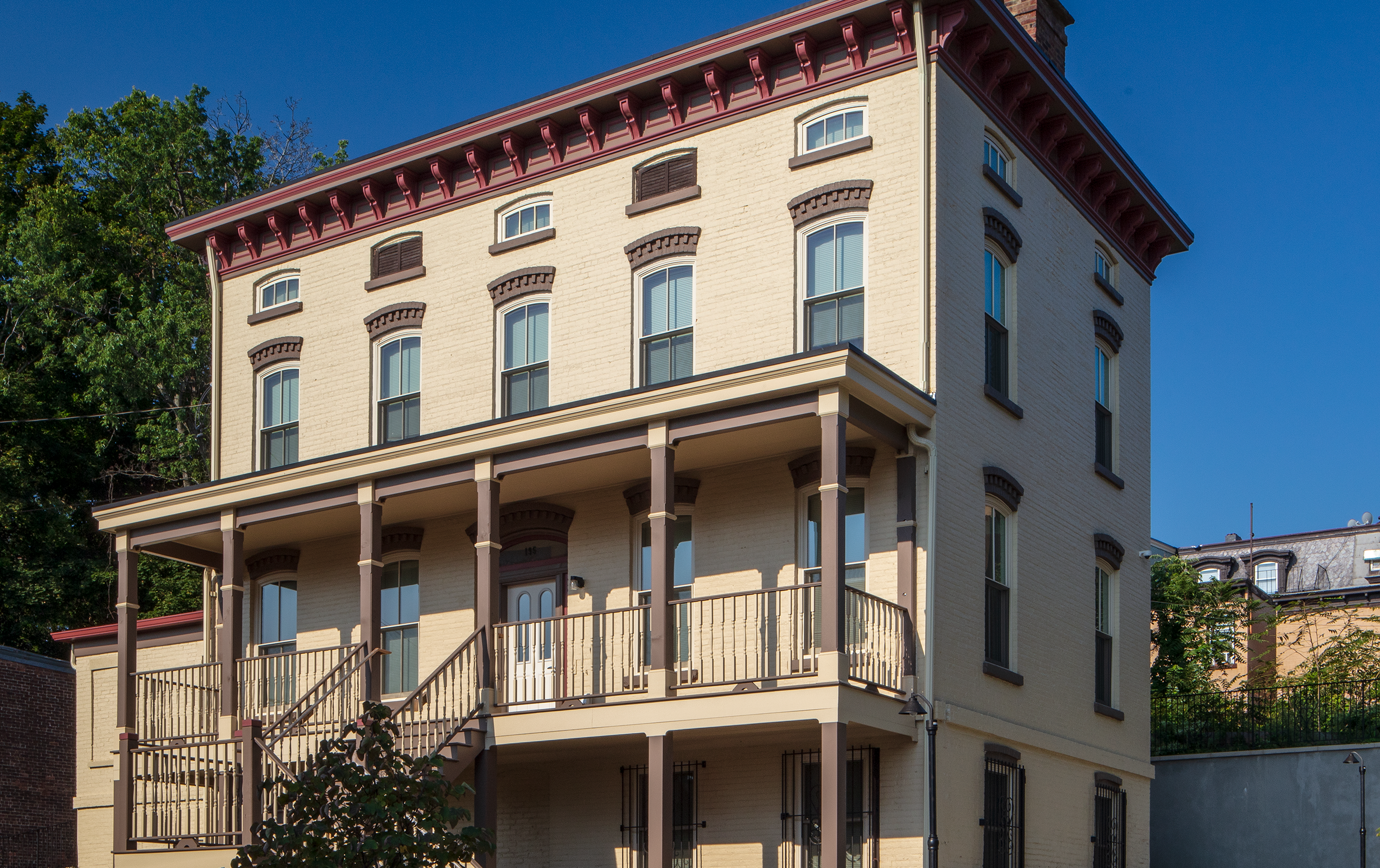Our most recent article discusses the combined use of new market tax credits and historic tax credits. Learn more about how these incentives were paired to turn a historic cigarette factory into state-of-the-art science and tech labs in Durham, NC. Read Full Article Here

















